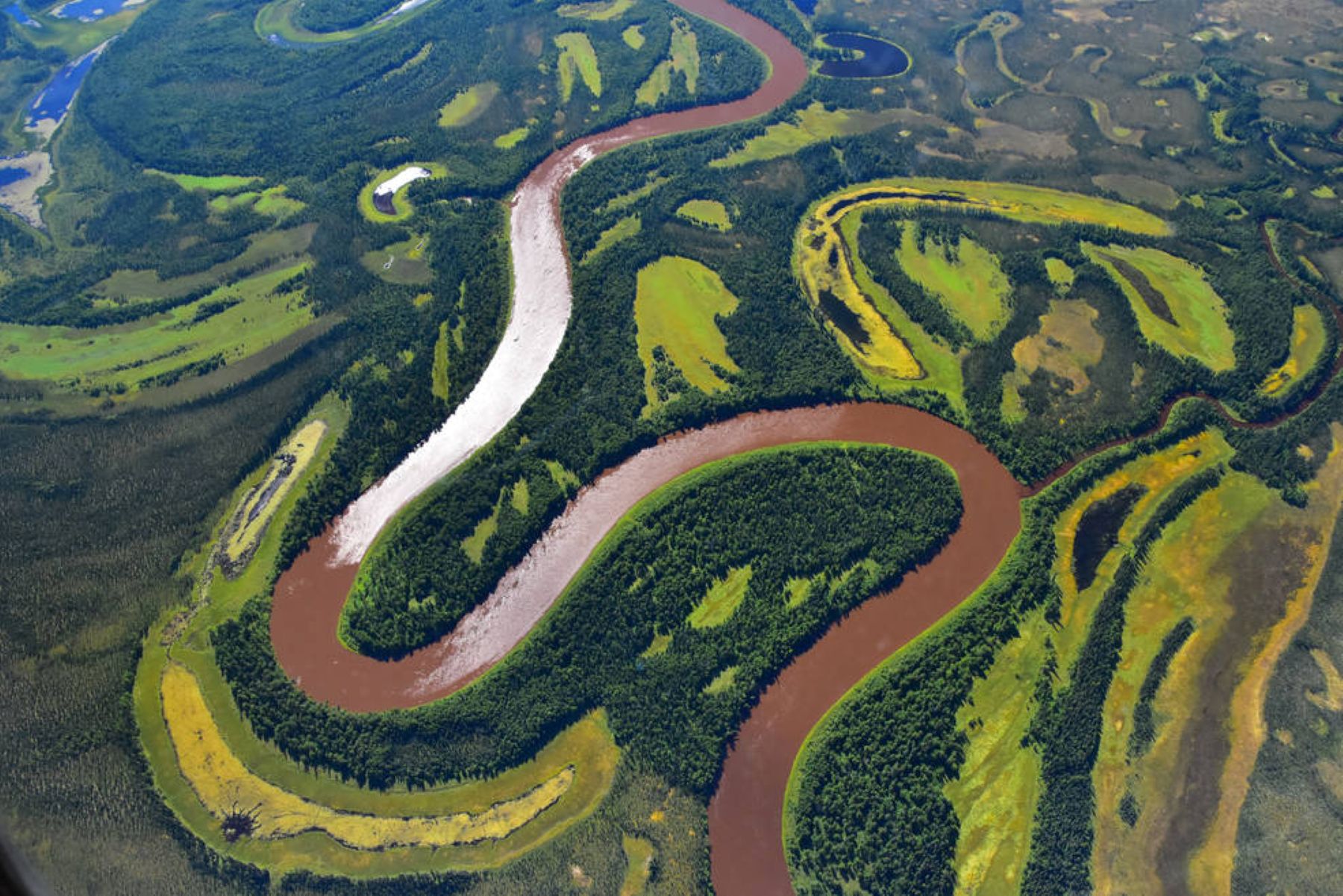NASA Invites Media to Tours, Opening of Earth Information Center

NASA Administrator Bill Nelson is inviting media to a ribbon cutting ceremony on Wednesday, June 21, for the opening of NASA’s Earth Information Center at the agency’s headquarters in Washington. The exhibit is a hybrid – part physical, part online – effort that blends science and visualizations to allow visitors to see how our planet is changing.
Climate change is a key priority of the Biden/Harris Administration, and NASA plays a critical role in providing data to researchers and others through its Earth-monitoring satellites and other instruments.
In advance of the ribbon cutting, the agency will offer three staggered tours of the exhibit, which showcases the information NASA, and its partners share with communities about our environment and climate. The exhibit includes large, awe-inspiring videos, as well as interactive media, stories, and narratives.
NASA created the Earth Information Center with founding partners National Oceanic and Atmospheric Administration (NOAA), U.S. Geological Survey (USGS), U.S. Department of Agriculture (USDA), U.S. Agency for International Development (USAID), Environmental Protection Agency (EPA), and Federal Emergency Management Administration (FEMA).
Speakers at the event include: NASA Administrator Bill Nelson; Kate Calvin, NASA chief scientist and senior climate advisor; and Karen St. Germain, the director NASA’s Earth Sciences Division. Partner representatives will also speak.
Media should RSVP no later than 5 p.m. EDT Tuesday, June 20, to Katherine Rohloff: katherine.a.rohloff@nasa.gov.
The following events are scheduled (all times Eastern):
- 7 a.m.: Media tours begin at 7 a.m., 7:30 a.m., and 8 a.m.
- 9 a.m.: Ribbon cutting ceremony and reception
The Earth Information Center website will go live June 21, and the exhibit will open to the public Monday, June 26. Together, they will provide information from space that supports decision makers and society in developing the tools they need to mitigate, adapt, and respond to our changing planet. Whether they live in cities, suburban areas, or on farms, people are making decisions every day that relate to preparing for impacts of climate change: home buyers assessing flood risk; businesses on the Gulf of Mexico and the Great Lakes looking for information on harmful algal blooms; farmers requiring drought and storm information; and county land-use planners assessing wildfire management.
Learn more about NASA’s climate activities at:




